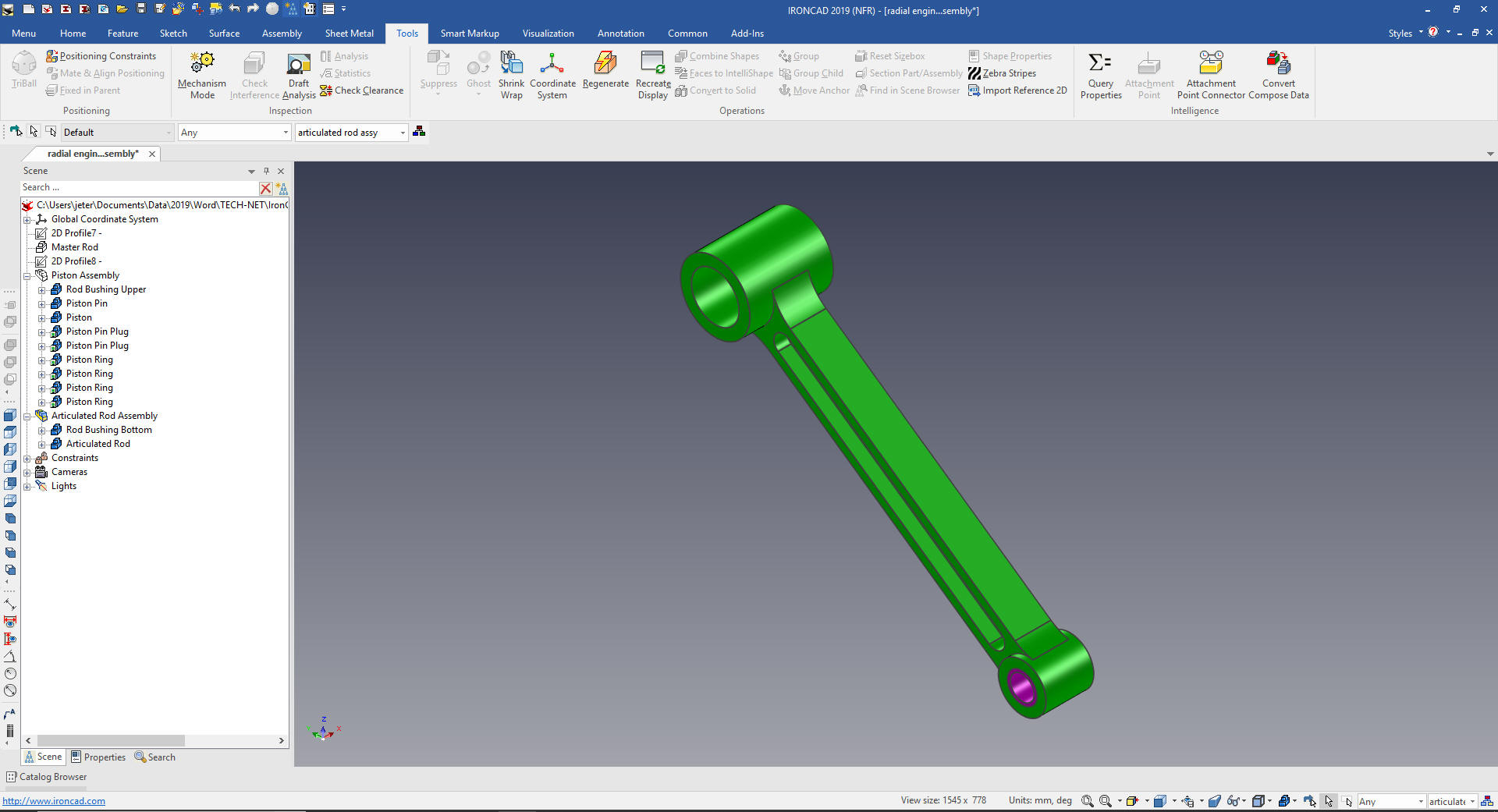

We recommend uploading your SketchUp file into Meshmixer (a free program from Autodesk) to check your file for faceting and fix any surface flaws. Tip: SketchUp isn’t inherently built for model production therefore it’s useful to check your SketchUp file for additional feature accuracies once it’s exported from the interface.
Convert ironcad to catia software#
If your CAD software is not listed below or if you require additional assistance, please contact your CAD software technical support for information about exporting to an STL. The following step-by-step instructions for converting CAD files to STL came from each CAD software company’s website or from 3D printing and design user forums it’s an overall simplified step-by-step process from the greater 3D printing community. We’ve compiled tips on exporting for the best “surface: file” size ratio below. These are the parameters that affect the faceting of the STL. When exporting to STL in your CAD package, you may see parameters for chord height, deviation, angle tolerance, poly count, or something similar.

3D printing can only accept a certain file size therefore it’s important to find a balance between your model, its desired surface, and the 3D printing process of your choice. However, the smoother/ less faceted your surface is, (the higher the poly count or triangulation) the larger your file.

If the STL is coarse and faceted the physical 3D printed model will be coarse and faceted as well. You cannot build the model smoother than the STL file. The parameters used for outputting a STL will affect how much faceting occurs (Figures 2 and 3). The triangulation (or poly count) of a surface will cause faceting of the 3D model. STL is a triangulated representation of a 3D CAD model (Figure 1). STL is the standard file type used by most additive manufacturing systems.


 0 kommentar(er)
0 kommentar(er)
